5Taste First

Advertisements
When you are cooking, don’t reach for the salt automatically – add all the other flavorings you want first, then taste. Only add a few grains if absolutely necessary, and never before you have taken out a portion for your baby.
At the table, taste first, too. Often freshly ground black pepper will enhance the meal better than salt.
Tips:
Salt, or sodium chloride, is found naturally in most foods. It is crucial for controlling the amount of water in our bodies and the acid balance in the blood.
Salt also helps our muscles to contract and expand correctly and transfers nerve signals to the brain.
4Savor Each Mouthful

Eat slowly, so that your taste buds can explore all the complex flavors in your mouth, giving you the sensory satisfaction that comes from eating good food.
Encourage children to enjoy their food, too, preferably without the distraction of TV or phones – if they hurry their meals now, and automatically add salt, the habit will last into adult life.
Tips:
It is recommended that adults eat no more than 6 grams of added salt a day – that is a teaspoonful.
Babies under a year old should have less than 1 gram of salt a day. Since larger amounts may cause serious damage to their kidneys. They will get all they need from breast milk or formula, so never add salt when making your baby’s food.
3Use Other Seasoning
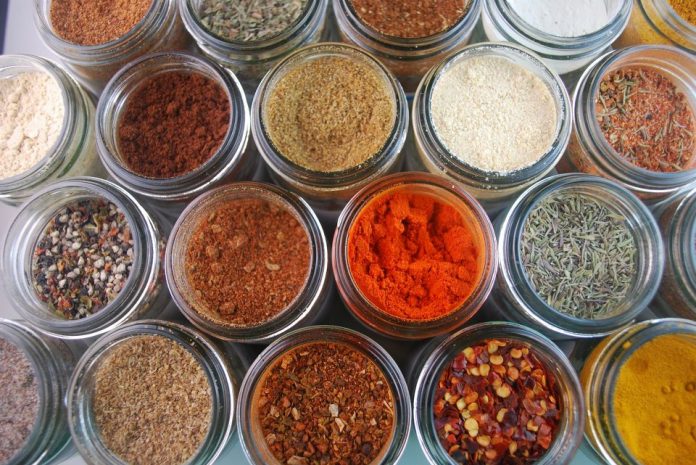
A little crunchy sea salt will give you better flavors than refined sea salt – or try sweet spices or chillies instead. Throw in herbs – plenty if fresh, or a sprinkling if dried.
A good olive oil and balsamic vinegar or lemon or lime juice drizzled on a salad is also scrumptious.
Advertisements
Tips:
Too much salt raises blood pressure, which puts you at risk of health problems such as certain cancers, heat disease, or strokes and at worst, heart failure.
If you lower your salt intake your blood pressure will drop, reducing the risk.
2Read the Labels

Be savvy when buying foods – compare the information on the packaging and consider going for those with less salt.
There are now reduced-salt and no-added-salt varieties of items ranging from stock cubes to tomato sauce and cheese. You can also buy canned vegetables and pulses in water with no added salt (or sugar).
Tips:
Some foods are particularly high in salt, including smoked meats and fish and processed meats such as bacon and salami.
Other foods may surprise you with their high salt content, such as breads, soups, cheeses, prawns, bought sandwiches, pizzas and other ready meals, and breakfast cereals.
1Eat Healthier Snacks
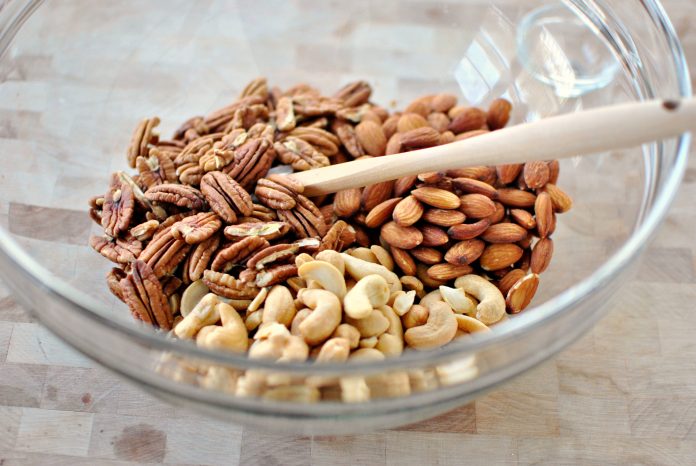
Advertisements
If you must have crisps, buy baked unsalted ones. Choose raw or roasted, unsalted nuts, too. Check packs of crackers and bread snacks, and opt for the lowest salt ones.
Go for olives in oil, rather than brine, and try sun-dried tomatoes, perhaps with tiny balls of mozzarella, which are packed with flavor and need no seasoning.
Tips:
Excessive sweating in very hot weather or from extensive exercise, severe vomiting, diarrhea, or prolonged illness can cause levels to drop rapidly. Rehydrating salts and extra fluids may then be needed.

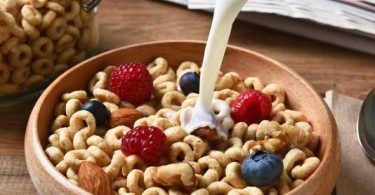
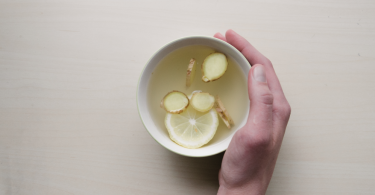

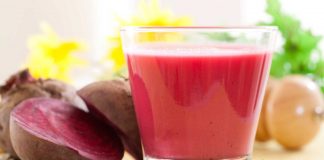
Comments